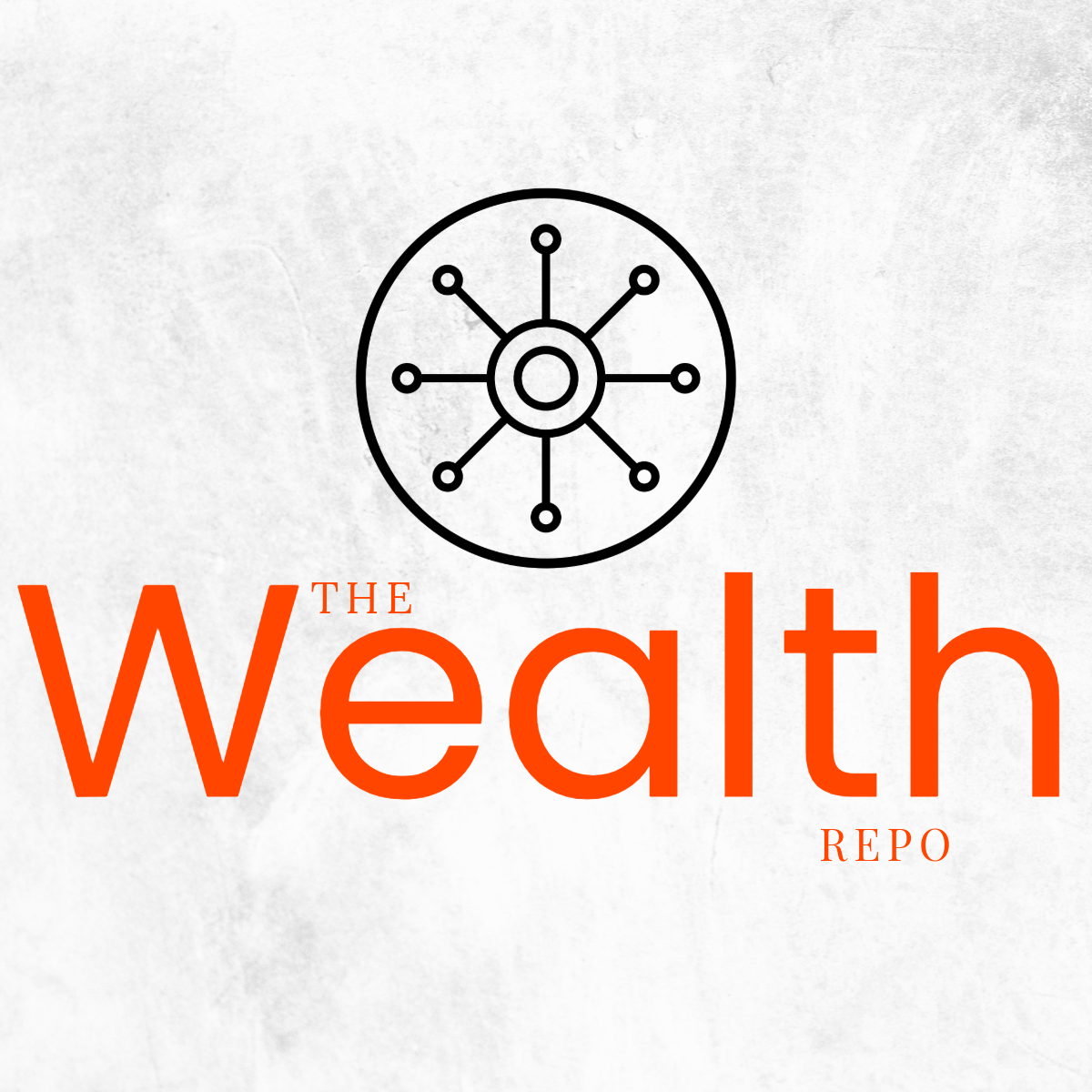Understanding Federal Reserve Interest Rates 🏦
Interest rates set by the Federal Reserve play a massive role in shaping the U.S. economy. 💰 But what do they mean for you and your money? Let’s break it down into simple terms. 📖
What Is the Federal Reserve? 🤔
The Federal Reserve, often called "The Fed," is the central bank of the United States. Its primary goal is to maintain a stable economy by controlling inflation, fostering employment, and ensuring the financial system runs smoothly. 🚦
What Are Interest Rates? 💸
Interest rates, specifically the federal funds rate, refer to the cost of borrowing money between banks. This rate influences everything from the loans you take out to the interest you earn on savings. 📈
Why Does the Fed Change Interest Rates? 🔄
The Fed adjusts interest rates to manage the economy:
- ✅ To fight inflation: Raising rates makes borrowing more expensive, slowing down spending and price increases. 📉
- ✅ To stimulate growth: Lowering rates makes borrowing cheaper, encouraging businesses and consumers to spend and invest. 🚀
How Does This Impact You? 🏠
Federal Reserve interest rate changes affect everyday financial decisions like:
1. Mortgages and Loans 🏡
A higher interest rate means more expensive mortgage or car loan payments. A lower rate could save you thousands over time.
2. Credit Card Debt 💳
When rates go up, so does the cost of carrying credit card debt. Paying off balances becomes even more crucial. 🚨
3. Savings Accounts 💰
Rising rates are good news for savers. Banks may offer higher interest on savings accounts and certificates of deposit (CDs). 🌟
4. Stock Market 📊
Higher rates can make borrowing costly for businesses, potentially slowing down the stock market. Conversely, lower rates often boost market growth.
Stay Ahead of the Curve 🚦
Understanding how interest rates work can help you make smarter financial decisions. Whether it’s refinancing a mortgage, paying off debt, or deciding when to invest, staying informed is key. 🗝️
